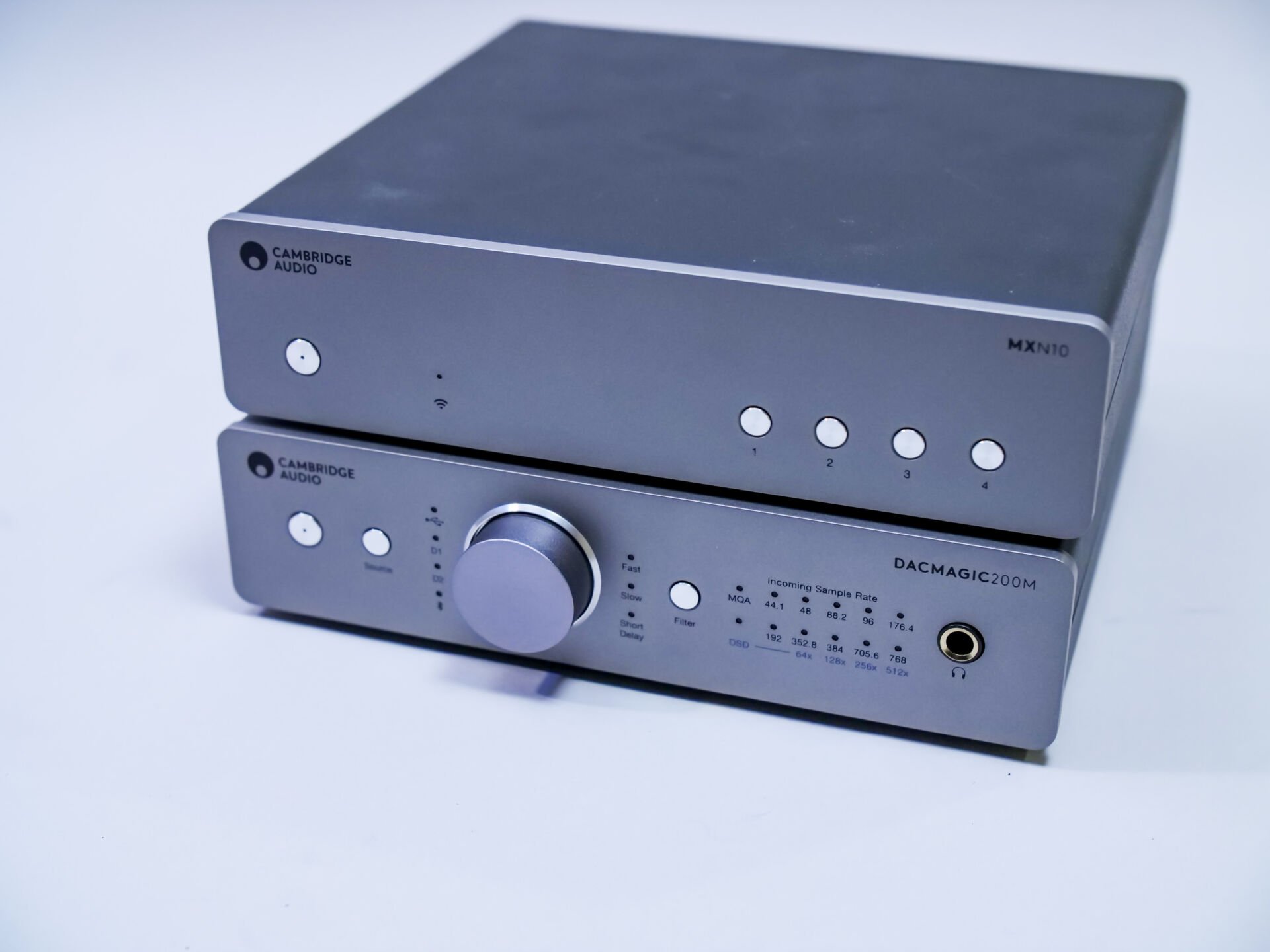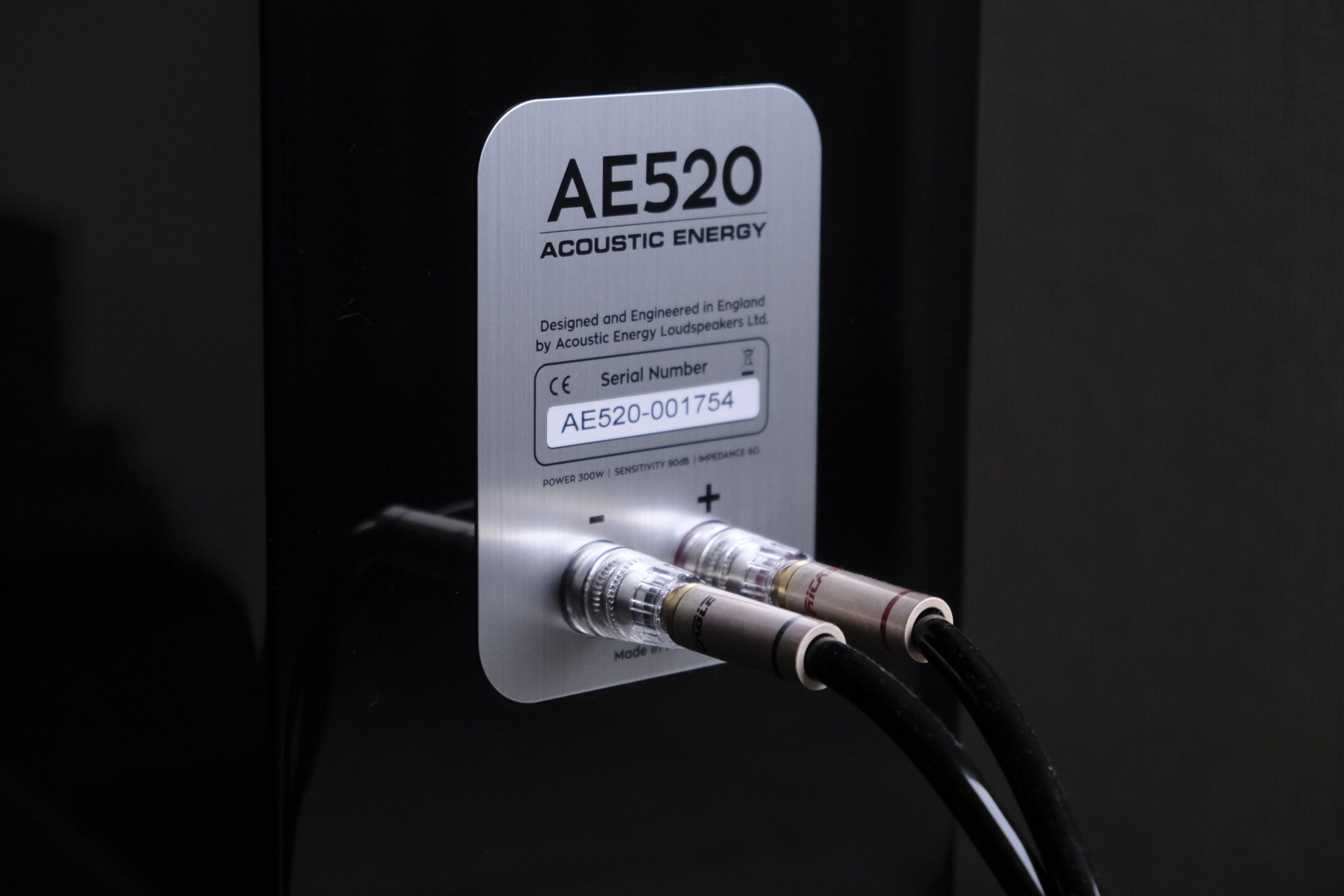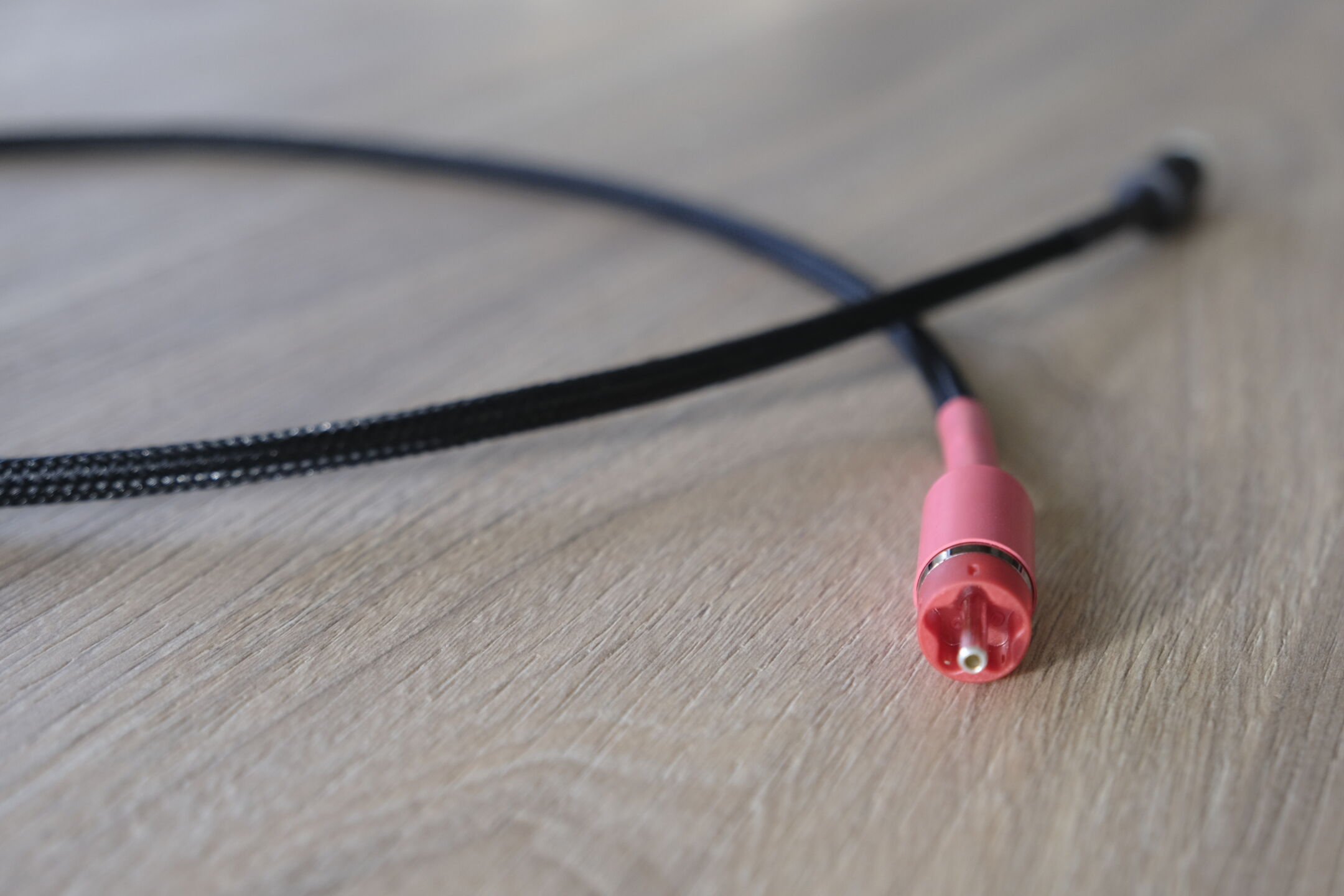

Intro
Contents
New Acoustic Dimension… In this case this is certainly true, because the new NAD M10 comes with Dirac as standard. For those who have no idea what Dirac means: it’s active room correction software. This gives the NAD M10 the possibility to correct ‘errors’ in the room acoustics with the help of a supplied microphone. Already interested? There’s more…
The NAD M10 is an enormously complete product. So complete that you only need a few speakers to achieve a very complete listening experience.
Streaming? No problem with BluOS (Bluesound). Digital inputs? Present! Coax, optical and hdmi-arc are on the back. Analog inputs? Present! Twice cinch is at hand. And then there’s bluetooth and usb. Would you like to add a subwoofer or another power amplifier later? That’s also possible. In short: very complete. All we’re missing is a phono internship. It’s kind of popular now.
The danger…
However, as we have often pointed out – you are very often faced with compromises when it comes to all-in-one products. All these functions (e.g. d/a converters, power amplifiers, streamers, analogue inputs, antennas for wifi, bluetooth and in this case also a hdmi-board) must share one power supply. Noise from one board can jump to other components.
Of course, NAD has now done its best to minimize that. Logical: it is a Master-series product, which means that it is a premium product. However, it is not an M32, which is aimed at the purist. It is a product, aimed at the ‘younger’ user who is looking for convenience and quality in one product. No stacks… just one box, speakers… play.
If we unscrew the NAD M10 for a moment, we see that the box is really full. On top we see the control board with the Cortex A9 processor (under the cooling block) and memory (right next to it), the Sabre 9028-dac (under the cable that runs over the board) and the input board (behind it again). Underneath that is the power supply and the well known nCore output stage. The power amplifier can supply 160 watts in 8 Ohms and about 300 watts in 4 Ohms. Continuous power is 100 watts. That’s really more than enough for a serious loudspeaker.
HyperNode?
If you look closely at the M10, technically and in terms of positioning, it looks a lot like a PowerNode 2i on steroids. Some kind of HyperNode… After all, it’s not an M32 on a diet. The M10 is not modular and has a different design. Although the PowerNode 2i has no display. However: functionally, the M10 corresponds much more to the PowerNode 2i than the M32, which by the way needs a BluOS module to be able to stream at all.










